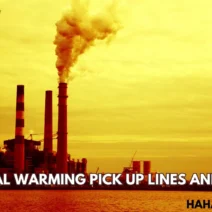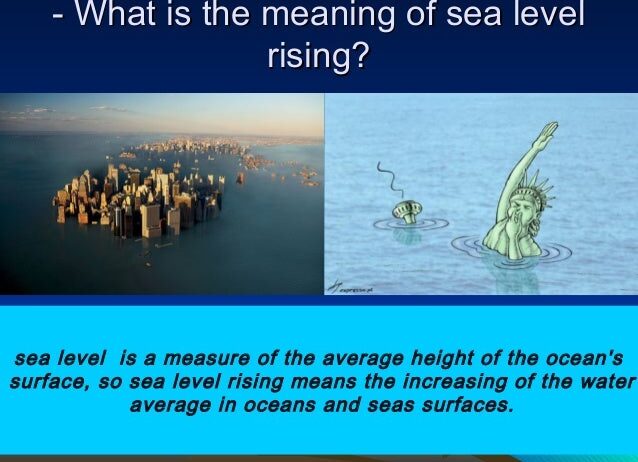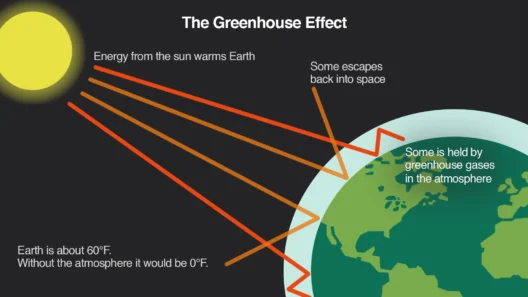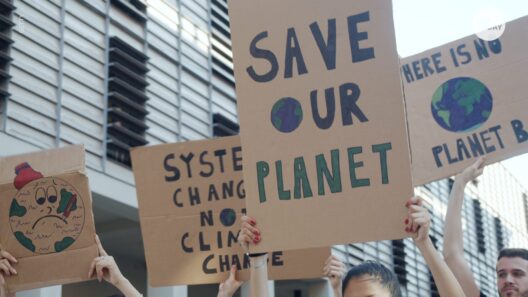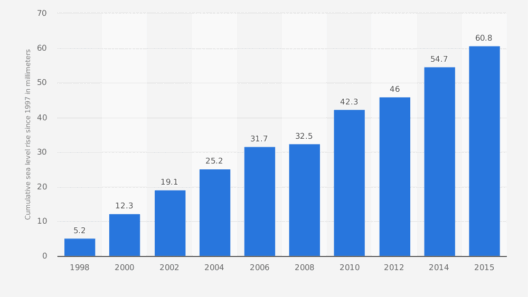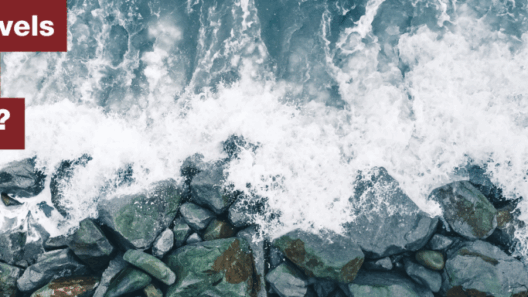The relentless rise of sea levels is one of the most pressing challenges posed by climate change. This gradual yet alarming phenomenon is driven primarily by two factors: the thermal expansion of seawater as it warms and the accelerated melting of glaciers and ice caps. As waters encroach upon lower-lying areas, the ramifications extend beyond mere land loss, weaving into the very fabric of our ecosystems and communities. Understanding the impacts of rising oceans is essential in recognizing the immediate need for action.
The implications of elevating water levels become poignantly clear when considering the various dimensions in which they affect human life and the natural world. This discussion will explore the threats to coastal communities, the ecological disruptions that ensue, and the far-reaching social and economic consequences of rising sea levels.
Coastal Communities at Risk
As sea levels ascend, coastal communities face imminent threats that manifest in numerous ways. One of the most pronounced risks is the increased likelihood of flooding. Routine tidal events, once predictable and manageable, now pose existential threats during storm surges and high tides. Studies suggest that low-lying regions may experience flooding events well over 200 times a year by mid-century, dramatically disrupting daily life and infrastructure.
The destruction of property due to flooding isn’t just a nuisance; it threatens livelihoods and displaces entire populations. Coastal areas often serve as economic hubs, with vital industries such as tourism, fishing, and shipping. Inundation can lead to a decline in these sectors, with long-standing businesses shuttering their doors and locals losing their jobs.
Beyond physical damage, rising sea levels initiate a cascade of social and psychological stresses. Residents are grappling with uncertainty and anxiety as their homes literally slide beneath the waves. The loss of cultural landmarks and heritage sites adds to the emotional toll, further fraying the community fabric. Such disturbances incite migration, reminiscent of climate refugees seeking sanctuary in more stable regions, often exacerbating the existing socio-political tensions in those areas.
Ecological Disruptions
The impact of rising seas extends mercilessly into the realm of ecosystems. Coastal habitats, including wetlands, mangroves, and estuaries, are some of the first victims of encroaching waters. These ecosystems serve as crucial buffers, protecting shorelines from erosion and providing habitats for countless species. The loss of such environments due to inundation can trigger a domino effect throughout the food chain.
Saltwater intrusion is another significant consequence of rising sea levels, altering the delicate balance of brackish ecosystems. When seawater infiltrates freshwater resources, it disrupts the survival of species that are unable to tolerate higher salinity levels. Fish, crustaceans, and various plant species face imminent decline, threatening biodiversity and destabilizing the natural food webs on which entire ecosystems depend.
Moreover, the consequences of ecological disruptions ripple through human society. Declines in fish populations, which are often the main protein source for coastal communities, can exacerbate food insecurity. As smaller fish species vanish, overreliance on traditional fishing grounds can push overfishing and exacerbate the economic vulnerabilities of these areas. As species migrate to more favorable conditions further inland or towards the poles, local fishing industries struggle to adapt, once again highlighting the intersection of environmental woes with human livelihoods.
Social and Economic Consequences
Beyond immediate environmental and community impacts, rising sea levels have profound economic repercussions. As real estate values plummet in vulnerable coastal regions, the housing market faces staggering deflation. In turn, this destabilizes local economies that rely heavily on property taxes and tourism revenues. Areas once deemed prime real estate can suffer financial underperformance, as high-risk zones become unattractive to potential buyers and investors.
Insurance markets are also feeling the strain. With increased claims due to flooding and storm damage, insurers may withdraw from risk-heavy areas, leading to uninsurable properties and residential instability. Homeowners often struggle to find affordable insurance rates in coastal regions, contributing to a cycle of economic decline. The lack of financial protection leaves many at risk of losing everything to a single climatic event, creating a climate of fear in susceptible communities.
The necessity for climate adaptation strategies becomes glaringly evident. Infrastructure investments in flood defenses, sustainable urban design, and improved coastal planning can mitigate some of these impacts. Communities can champion resilience through innovative solutions that not only protect existing livelihoods but promote sustainability and ecological health. Collaborative efforts at all governance levels can forge pathways for proactive adaption, though time is of the essence.
Conclusion
In summary, rising sea levels represent a multifaceted threat, impacting coastal communities, ecosystems, and economic systems profoundly. The consequences of this environmental crisis are complex and interlinked, requiring a comprehensive response that transcends mere adaptation. It necessitates a holistic approach focused on mitigation, preparedness, and sustainability. The time for action is not tomorrow, but today, as we stand on the frontlines of a rapidly changing world.

